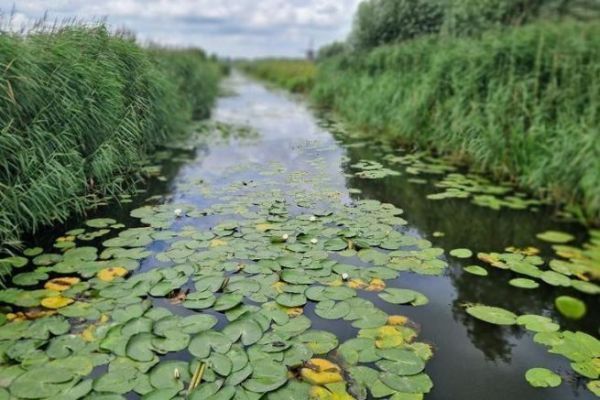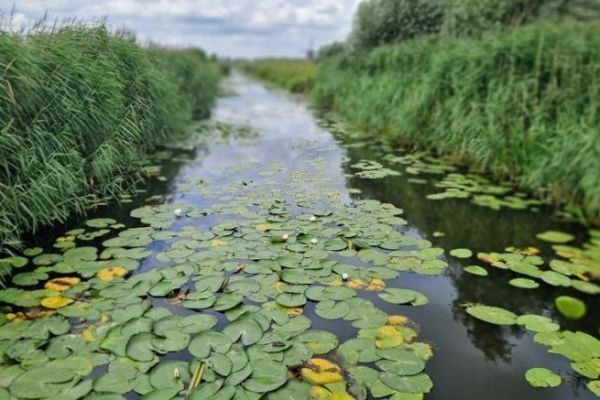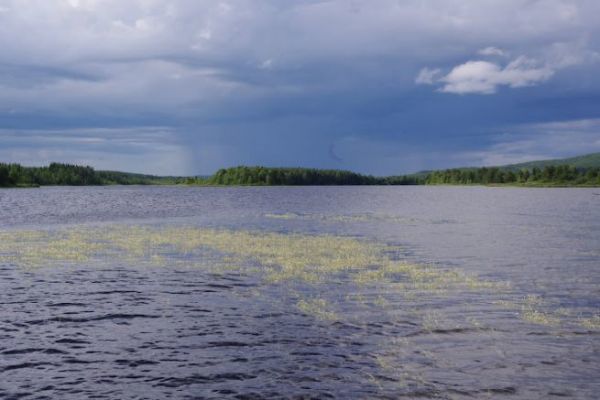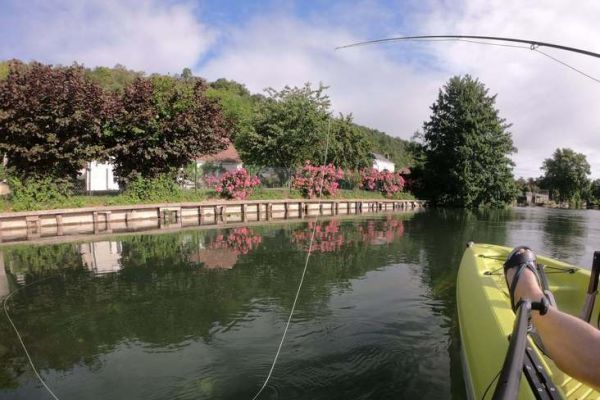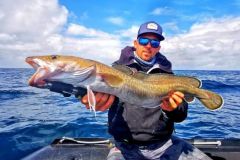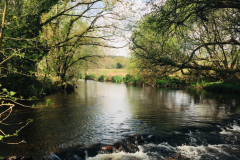Why fish water lily fields?
Water lilies provide both shelter and cover for predators, and therefore regularly hold fish. In fact, the plant cover keeps predators out of sight of fishermen and other walkers, as well as their prey. Over and above the strategic aspect of this cover for hunting, this darkness reduces stress and the ambient temperature, synonymous with comfort for all fish.
The water lily zones are also extremely rich in life, with numerous larvae growing there, amphibians moving from leaf to leaf, and dragonflies and other flying insects coming to land. White fish are always in abundance, followed by carnivores.
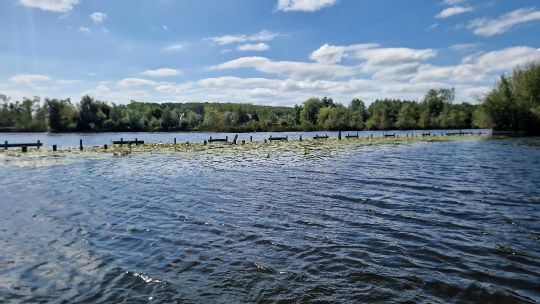
What species to fish for?
All species can be found under the leaves of the water lilies, but this is a typical pike and black bass spot. Perch will also make their home here, and occasionally a few catfish will be out and about.
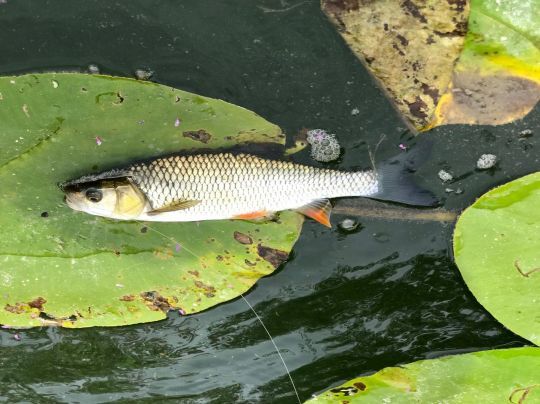
When?
Water lilies are excellent to prospect once they are well developed, for the reasons outlined above. This makes them an excellent late spring and summer spot, especially on particularly warm, sunny days.
The other prolific time to fish water lily fields is at the very end of autumn, when the leaves have fallen and only the decomposing stems remain. Pike still like to stay there, so this is a spot not to be neglected. The depth and temperature of the water will be decisive in choosing the right time of day. If the area is shallow, it will heat up and cool down all the faster. You'll need to make your choice according to exposure to sun and wind.
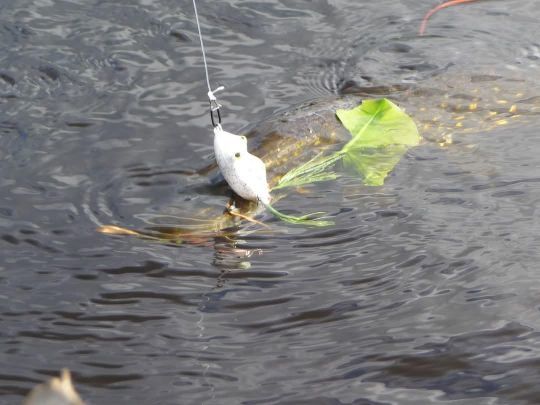
How to fish for water lilies?
Water lilies are obviously risky areas for your lures, and their thick, sturdy stems seriously complicate the task. First of all, it's extremely important to fish with a large braid and forget about PE1.2 or PE1.5 models, and opt for a 4-strand braid which is stronger and more abrasive than its 8-strand cousin.
In the same spirit, your rod needs to be powerful and fast to set (hidden!) hooks and extract fish in force. A high ratio will also be an asset!
To prospect for water lilies, I recommend you start with the edges and short casts to ensure better battle management. You can then lengthen your casts and aim for the heart of the meticulously combed periphery.
First of all, opt for surface lures with relatively protected hooks. These can be Texan-mounted shads, buzzbaits and, of course, the inevitable frog! But for deeper fishing, soft lures are obviously a good option, as are spinnerbaits, which are effective in these areas and perfectly suited to pike and black-bass.
